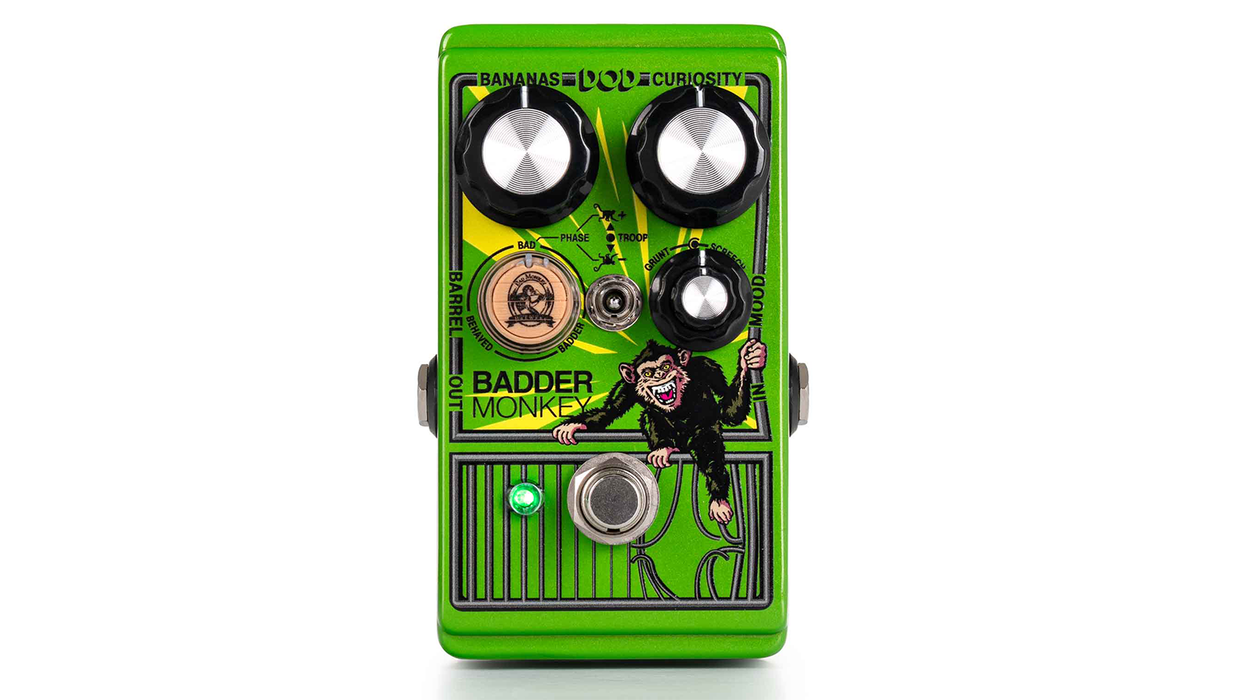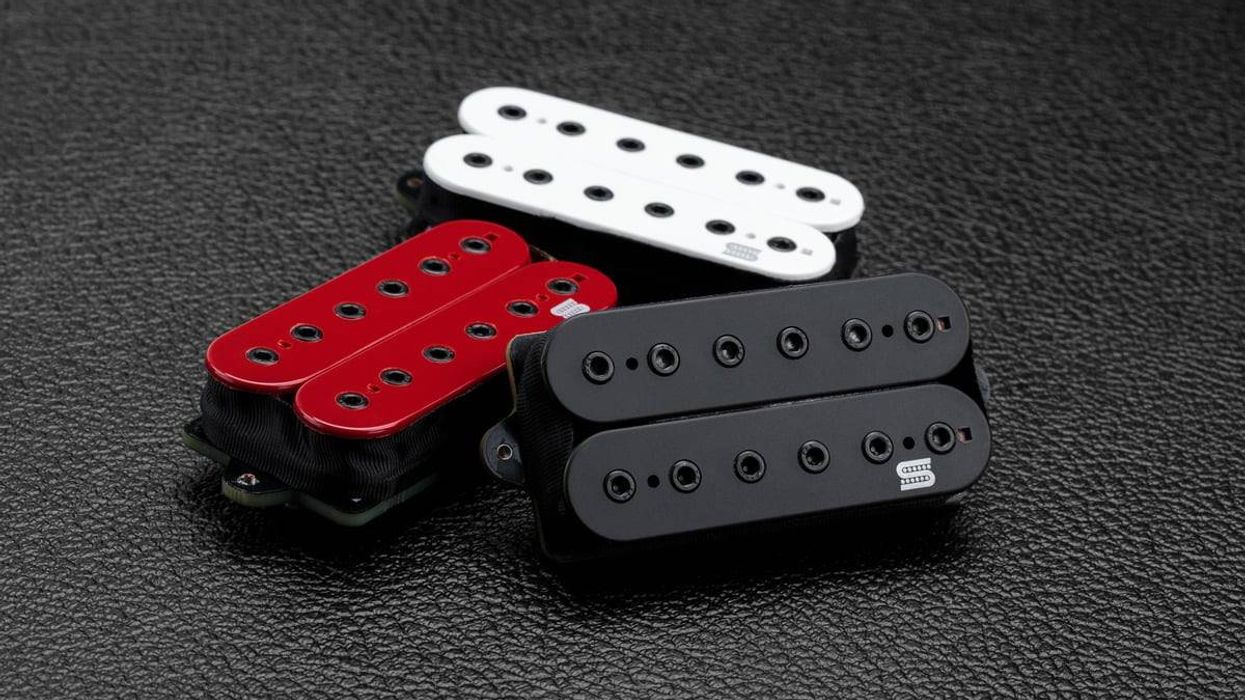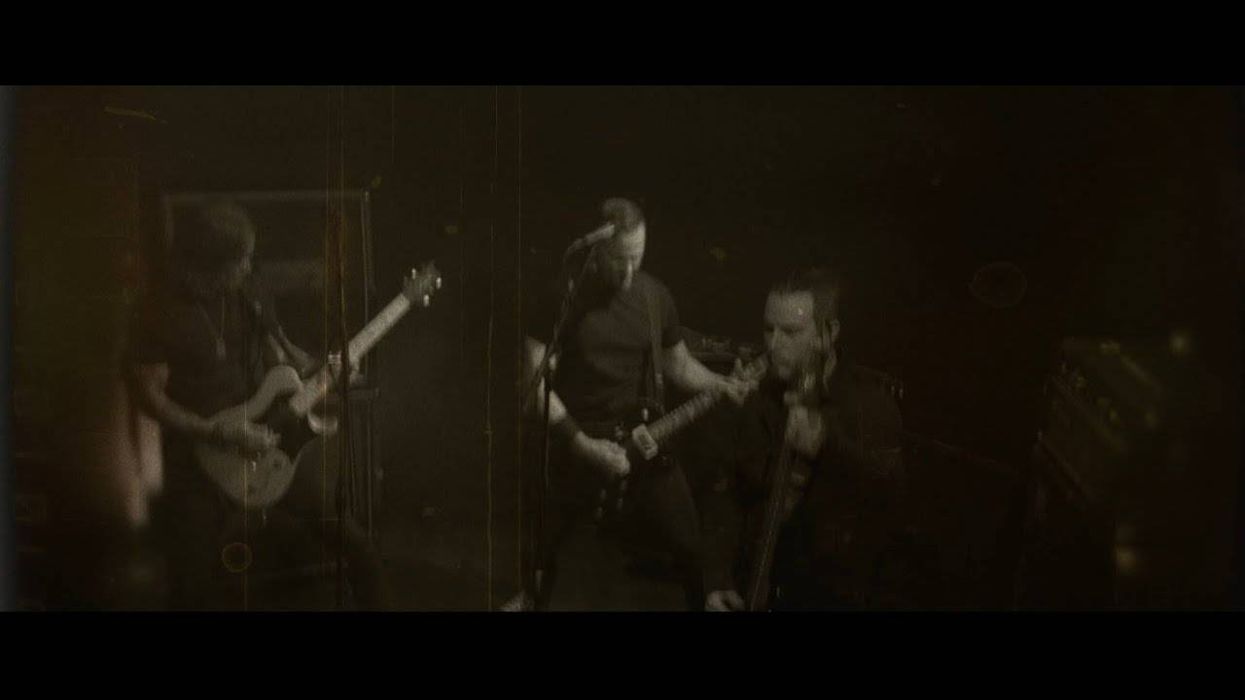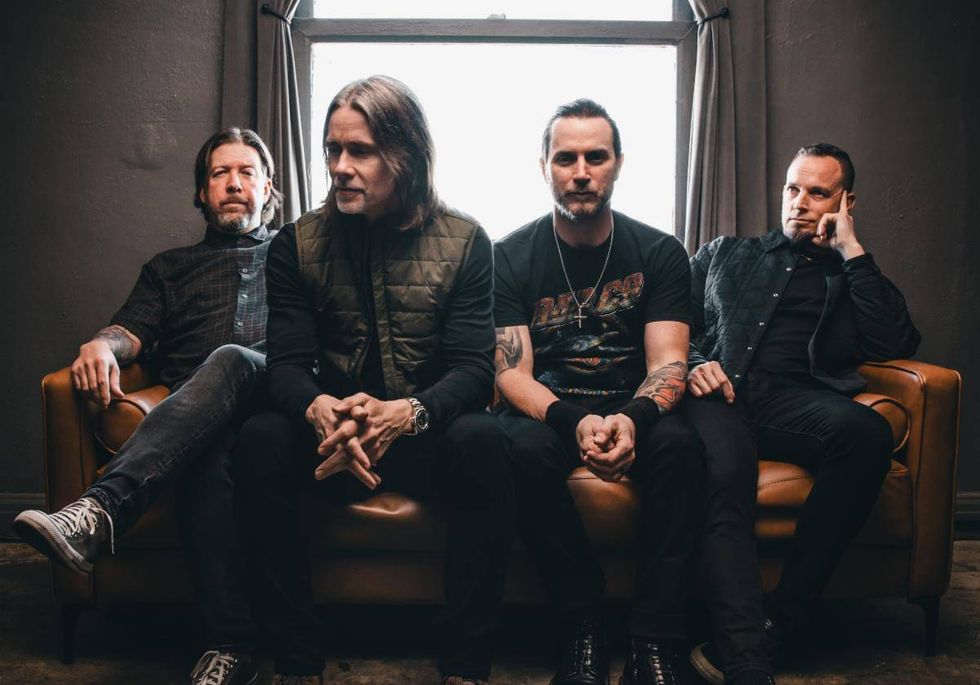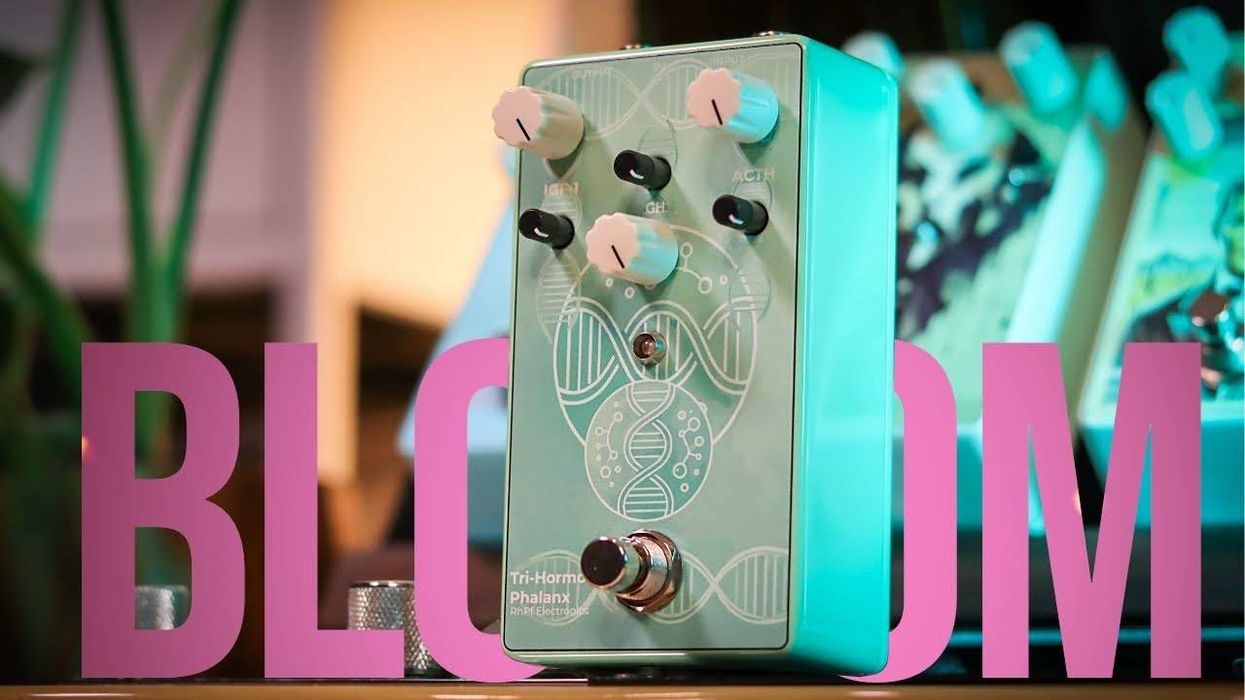PRS Guitars yesterday announced that it has withdrawn its objection to Gibson’s registration of the “Theodore” trademark. In a press release, PRS stated it continues to hold dear and protect its long-standing agreement with Ted McCarty and the McCarty family regarding the exclusive rights to the “McCarty” trademark and to McCarty’s name and persona, first developed directly with Ted himself more than 25 years ago. After a series of private negotiations, Gibson has also agreed to drop its opposition to PRS’s “594” and “Silver Sky Nebula” trademarks and trademark applications.
Gibson responded to the PRS announcement, countering that it still holds the position that “we are within our rights to reference and promote Mr. McCarty’s extraordinary legacy as a Gibson employee. Gibson is proud of its well-known history with Mr. Ted McCarty. Although Mr. McCarty was a resident of a state which does not recognize post-mortem rights of publicity, Gibson chose to use the name Theodore, a mark which is different from the PRS McCarty mark.”
PRS says it concluded that in this instance its resources were better spent on crafting high quality musical instruments rather than fighting with Gibson at a regulatory agency. In PRS’s release, the company’s COO Jack Higginbotham stated, “We believe the story of Ted and PRS is well understood in the guitar community. Ted personally chose to align with PRS and had a deep respect and appreciation for Paul [Reed Smith] and our mission to build quality guitars. We honor the man and the relationship we had with him and the relationship we have with his family to this day. While this agreement may not preclude Gibson from releasing future products under the ‘Theodore’ trademark, PRS will focus on honoring Ted McCarty with innovations and instruments that reflect positively on his legacy.”
Gibson adds that, “During Mr. McCarty’s tenure as President, Gibson developed some of the most iconic guitar models to date, including the Gibson Les Paul, the ES-335, the Flying V and Explorer, the SG, Firebird, the Gibson Hummingbird and Dove, and many more. These are immeasurable and are woven into the fabric of Gibson’s history. We will continue to celebrate our heritage and iconic past, paying tribute to Mr. McCarty, celebrating his contributions and the Gibson Golden Era by producing designs created during that time, some of which have never been released.
“Ted McCarty was the President of Gibson from 1950 through 1966,” Gibson’s also notes. “He was a legend and was at Gibson for almost two decades. At the height of his creative output at Gibson, around 1957, Ted officially designed the Theodore guitar and Gibson owns this trademark. Gibson believed it would be received in a positive way as we have been honoring the legacy of our President during that time.”
Via PRS, Sue Davis, the sole surviving child of Ted McCarty and family member responsible for the interests of the family on this matter, offers her view on Gibson’s adoption of the ‘Theodore’ mark: “Our decision not to fight an expensive battle does not mean that the McCarty family appreciates Gibson’s conduct. No one from Gibson ever contacted me or any of my family to ask permission to use my father’s given name in promoting new Gibson products. Had Gibson sought our permission, we would have declined for several reasons. After the Theodore trademark was registered, the McCarty family joined PRS in seeking to cancel the trademark and asking Gibson to stop using the trademark ‘Theodore’ in association with my father. I would strongly prefer that Gibson respect the family’s wishes and stop using my father’s name as a trademark in promoting products— products that to my knowledge he never approved of for production. Meanwhile, we look forward to continuing the relationship with PRS and its well-regarded McCarty branded products.”
PRS says it has been working for on a documentary video to commemorate the relationship it has enjoyed with Ted and his family and plans to release that video this fall as a kick-off to PRS’s upcoming 40th Anniversary.





